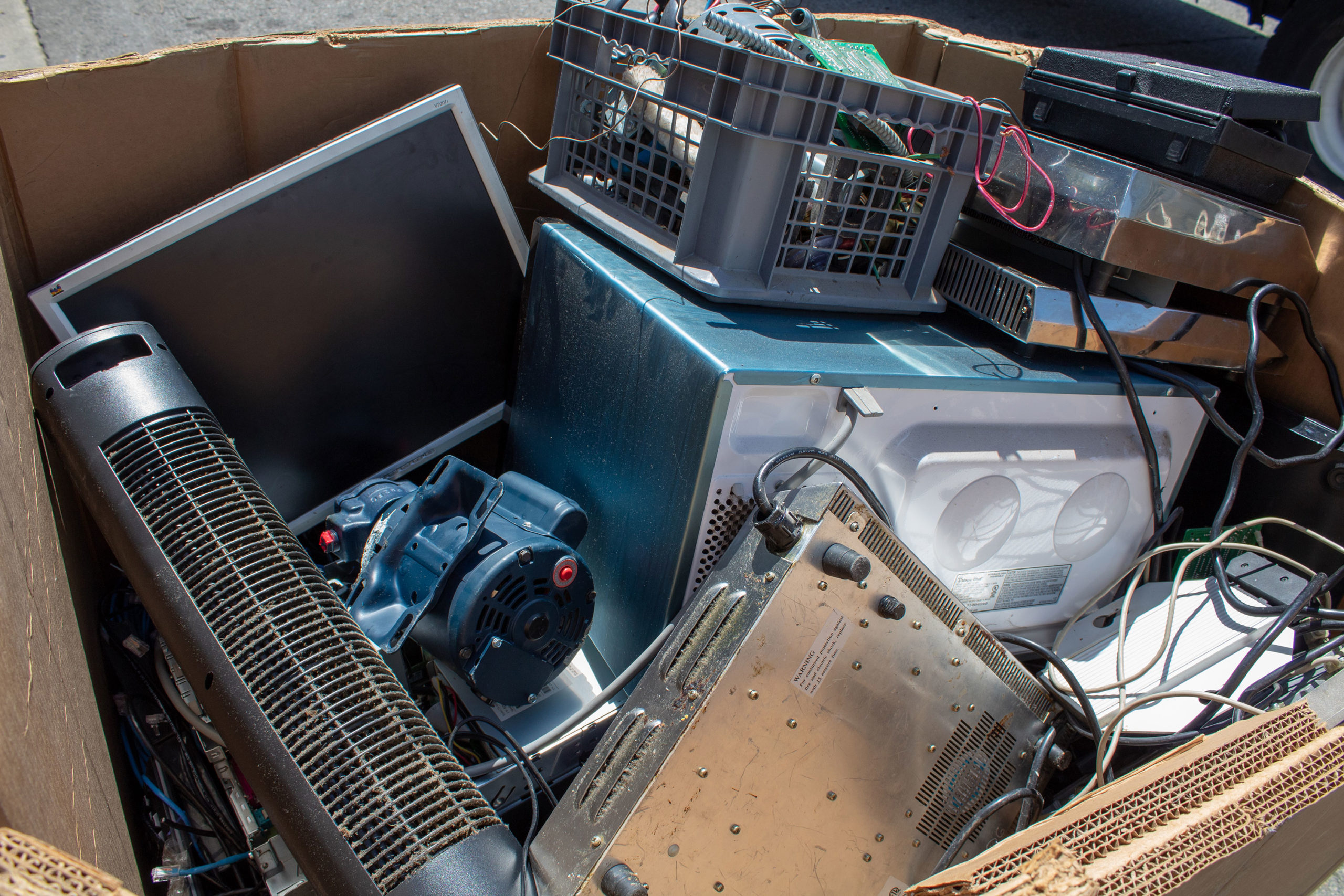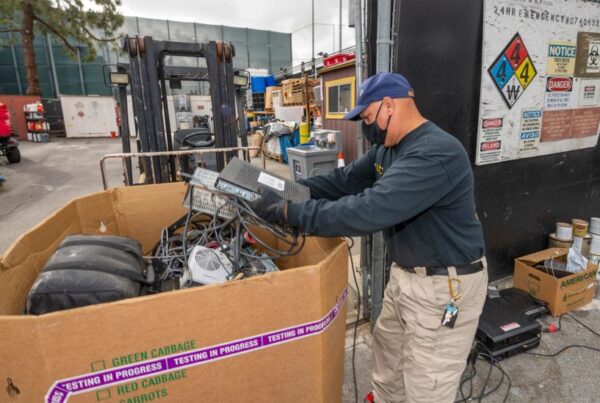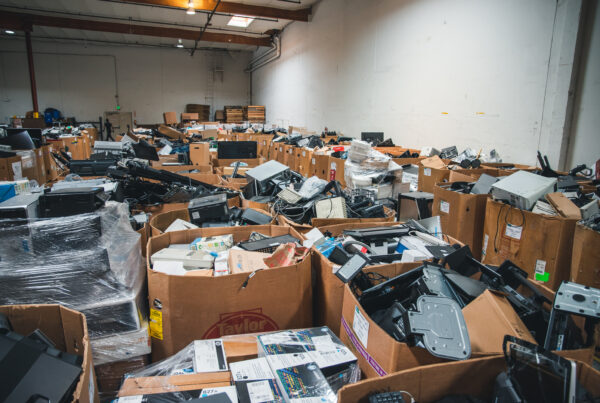Electronic waste (E-Waste) consists of electronics that are neglected and no longer used by businesses or consumers. This includes (but is not limited to): phones, televisions, computers, medical equipment, and pretty much everything in your home or work environment with a plug. As of 2018, there were 49 million metric tons of E-Waste in the world, which is expected to grow 4-5% in the years to come, which means that by the year 2021 there will be an estimated amount of 52.2 million tons- equivalent to almost 5,200 Eiffel towers! The U.S only accounts for 2% of the total E-Waste (that ‘s still 34,000 Statues of Liberty). However, we are responsible for 70% of all toxic waste in the country. The world deals with this type of waste in three ways: burning it, stashing it away, or recycling it.
To get rid of E-Waste or reuse materials in electronics such as gold or plastic, many scrap workers or recyclers resort to burning this type of scrap. However, the act of burning lead or gold releases harsh and harmful chemicals into the atmosphere. Such chemicals not only harm air quality, but they also pose a threat to our health since lead can damage kidneys or blood flow. On the other hand, stashing away E-Waste is no better; it results in huge electronic landfills that are often dumped in developing countries. These landfills not only create trash mountains but poison our environment by seeping into soil and water. The so-called green alternative is to recycle our unwanted electronics. Although this option does reduce chemical exposure, it still contributes to the E-Waste cycle by producing more products that may be burned or put in landfills in the future. Currently, the increase in technological production and therefore waste outweighs the good that recycling does. However, some companies are tackling this problem in more innovative ways.
In an effort to reduce E-Waste and stop the cycle altogether, many organizations work to refurbish retired tech. Here at human-I-T, we take in unwanted electronic devices ranging from servers to phones, old or new. All of which have been donated by companies or individuals looking to help reduce electronic pollution and improve their community. These electronics are then refurbished and put into three distinctive piles: donation, resale, and E-Waste. We take pride in the fact that our number one priority is to restore and reuse everything we receive. In fact, over 60% of everything that comes through our doors is refurbished, and donated or sold at a discounted price to those in financial need. For example, computer donations are made to charitable organizations, schools, or underserved communities in hopes of granting technological access. Discounted sales are made through our e-commerce store to small upcoming businesses to lend a hand in their growth. While our priority is to refurbish and reuse, we do come across non-salvageable tech. In these instances, we work with a trusted R2 recycler who will responsibly take care of E-Waste. The goal is to eliminate as much (you guessed it) “waste” as possible. We aim to keep our oceans, land, and air clean, all while providing an opportunity for our community.

Resources:
Baldé, C.P., Forti V., Gray, V., Kuehr, R., Stegmann,P. : The Global E-aste Monitor – 2017, United Nations University (UNU), International Telecommunication Union (ITU) & International Solid Waste Association (ISWA), Bonn/Geneva/Vienna.
California, S. O. (2019, June 11). What Is E-Waste? Retrieved from https://www.calrecycle.ca.gov/electronics/whatisewaste
Wang, T. (2018, August 27). Topic: Electronic Waste Worldwide. Retrieved from https://www.statista.com/topics/3409/electronic-waste-worldwide/






